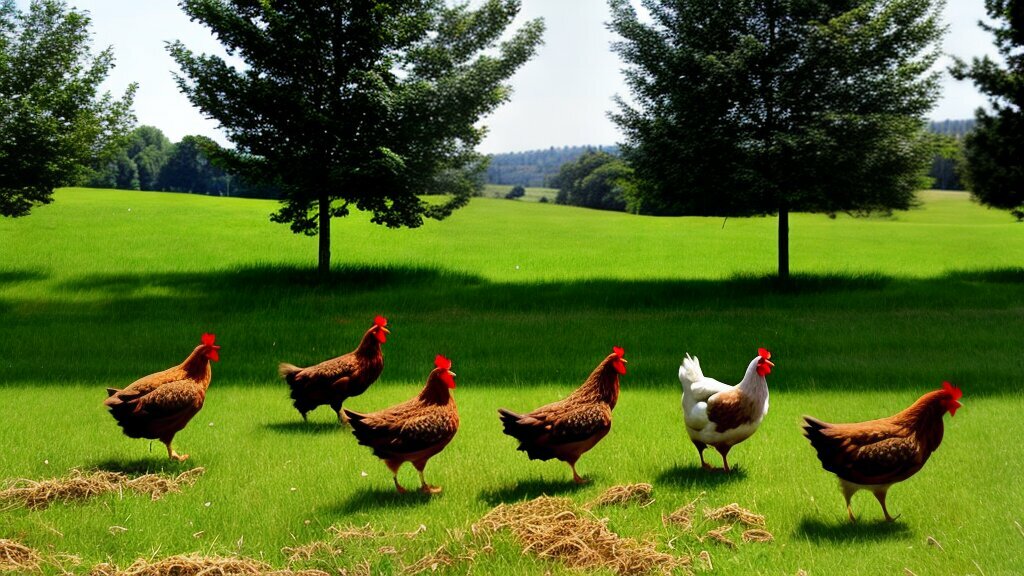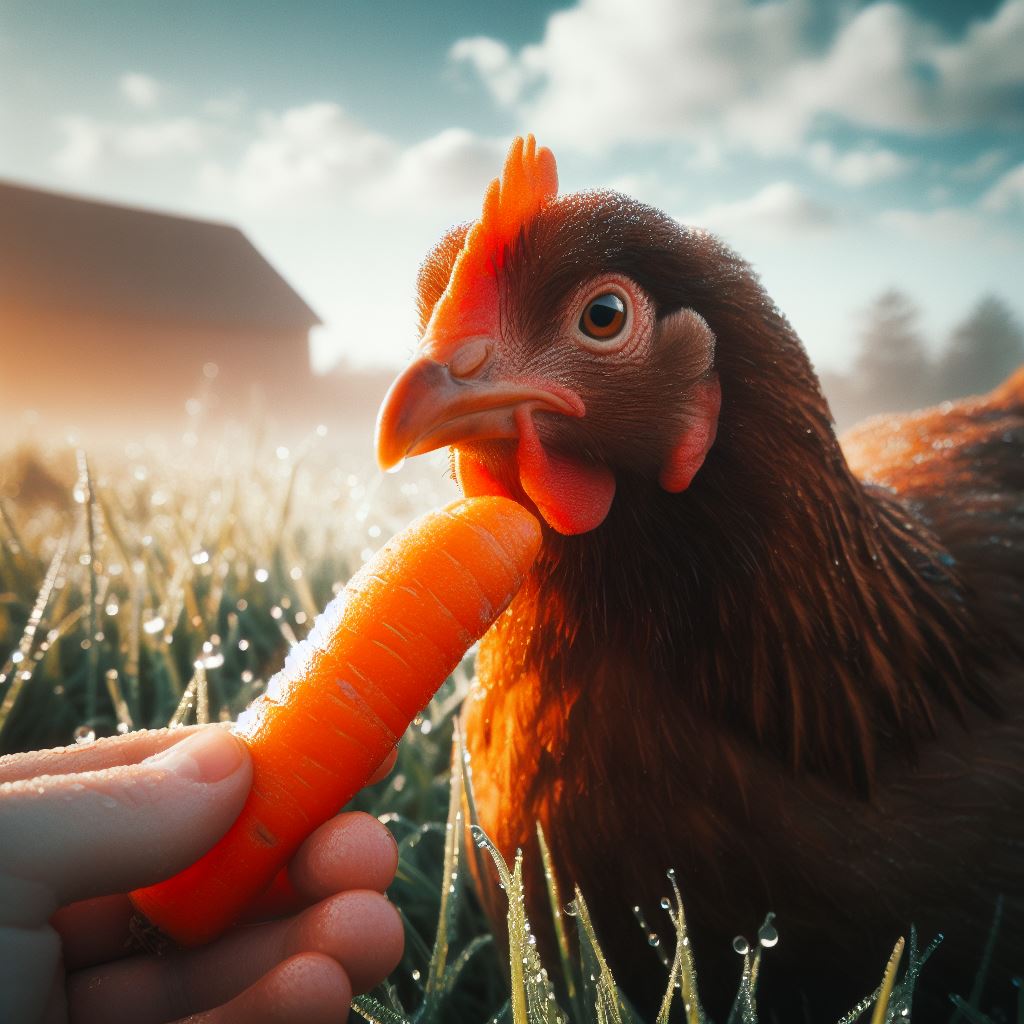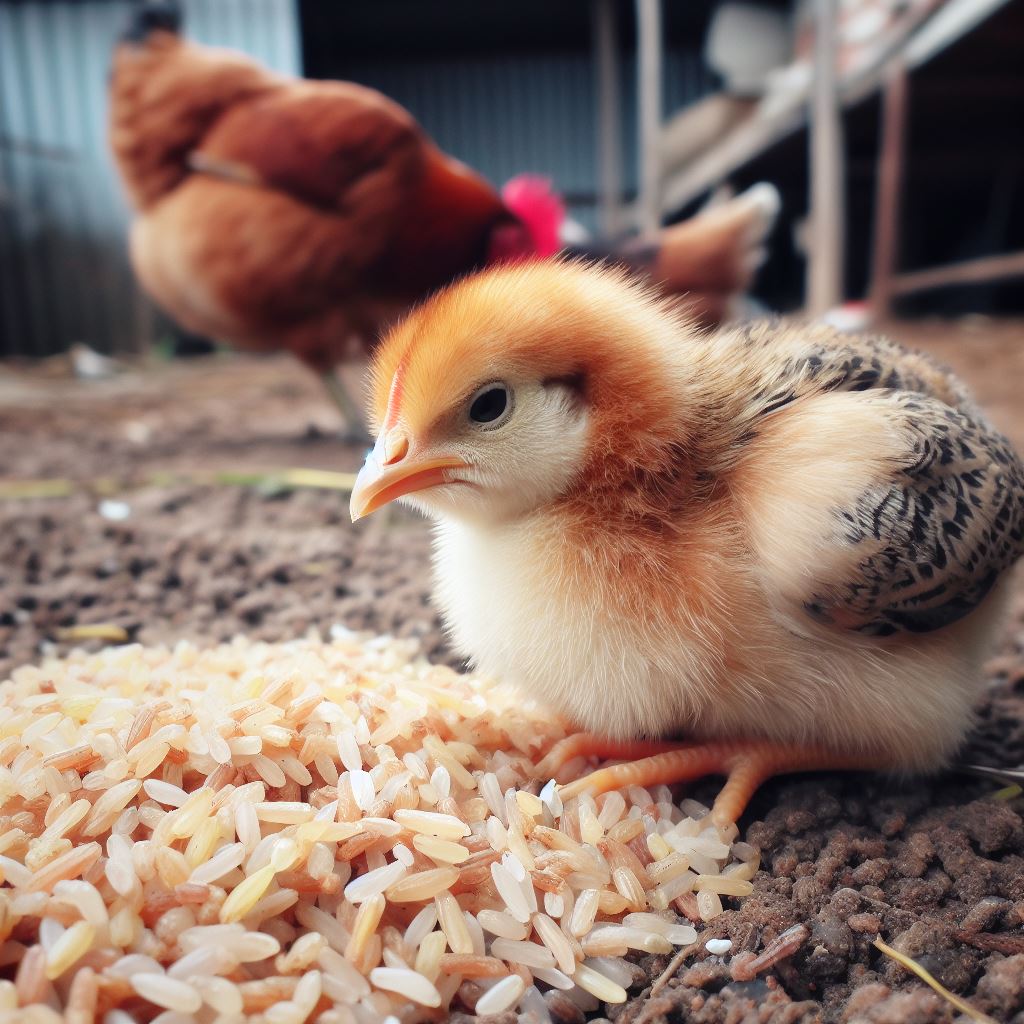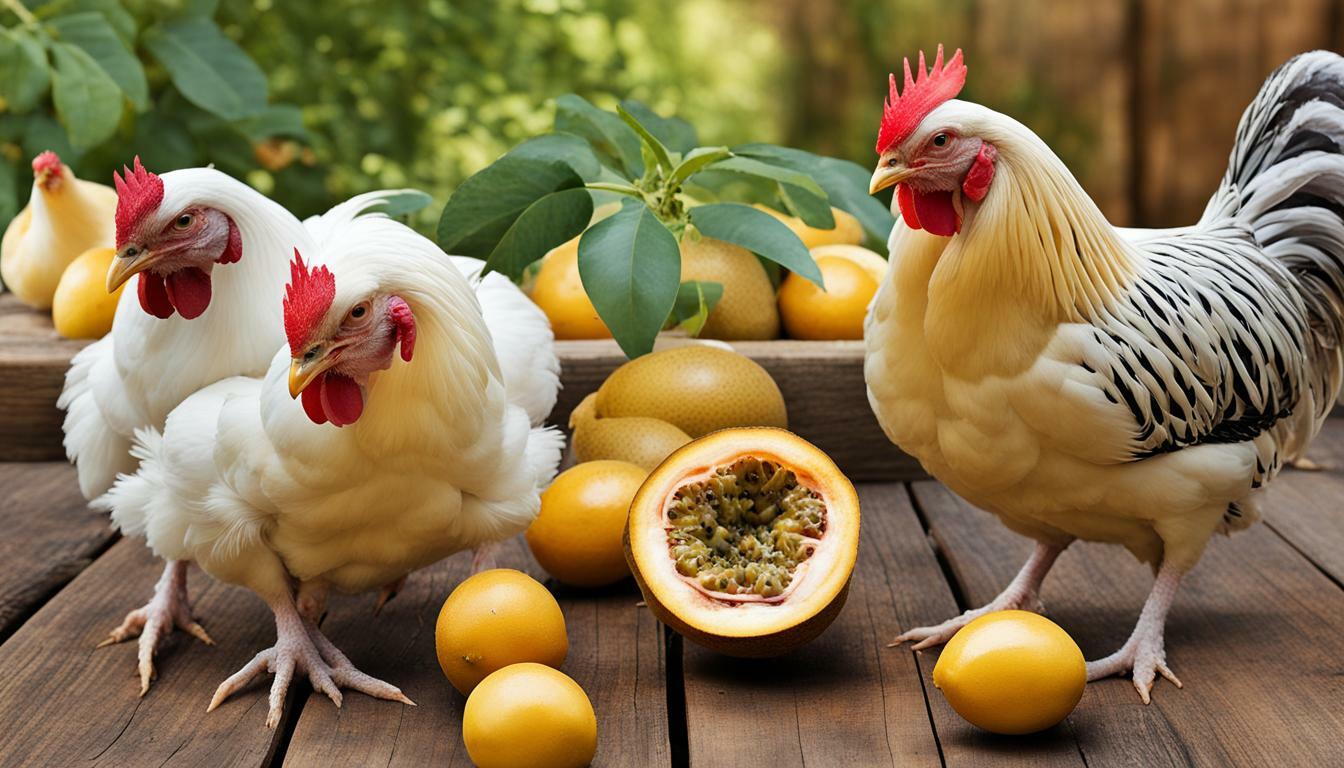Can Chickens Eat Millet? Millet Feeding for Poultry

Table of content:
- What is Millet?
- Can Chickens Eat White Millet?
- Can Chickens Eat Millet Seed?
- Can Chickens Eat Spray Millet?
- Can Chickens Eat Raw Millet?
- Can Chickens Eat Pearl Millet?
- Can Baby Chickens/Chicks Eat Wild Bird Millet Seed?
- Can Chickens Eat Roasted Millet?
- Benefits of Feeding Millet to Chickens
- Risks of Feeding Millet to Chickens
- Feeding Guidelines
- Alternative Grains for Chickens
- Frequently Asked Questions
- Conclusion
When raising chickens, it’s important to understand what grains and seeds are safe and healthy to feed them. One type that raises questions is millet. So what exactly is millet, and can chickens eat millet?
What is Millet?
Millet refers to a group of ancient cereal grains that have been cultivated for thousands of years as livestock feed and human food. Some of the most common varieties include:
- Pearl millet – Most popular type used for feeding chickens. Small, round grains.
- Finger millet – Named for its long, thin shape. Higher calcium than other millets.
- Proso millet – Has a hull that surrounds the kernel. Grows well in dry areas.
- Foxtail millet – Shaped like a fox tail. Hardy and pest resistant.
No matter the variety, millet is well-known for being:
- Gluten-free
- Highly nutritious
- Digestible
- Versatile
- Drought-tolerant
It provides protein, essential amino acids, antioxidants, fiber, and minerals like magnesium, phosphorus, and copper. This nutritional profile makes millet an excellent choice to incorporate into chicken feed.
Can Chickens Eat White Millet?
Yes, chickens can safely eat white millet. This refers to hulled or pearled millet where the outer hull has been removed.
Pearl millet is the most common type used in commercial chicken feeds. Without the outer hull, the millet is higher in protein content and more easily digested.
White millet can be fed to chickens whole or ground into smaller pieces for baby chicks. It provides nutrients like niacin, thiamine, iron, potassium, and magnesium.
Can Chickens Eat Millet Seed?
Millet seed, or whole millet grains with the hull still on, can also be fed to chickens. The outer hull provides fiber, though does reduce overall digestibility and protein levels since chickens cannot fully break it down.
Many farmers use whole millet seed to feed free-range flock chickens and waterfowl like ducks and geese. The birds will enjoy foraging and pecking the seeds.
Consider grinding or cracking the hulls for smaller or juvenile birds. Soaking the seeds can also help soften them before feeding.
Can Chickens Eat Spray Millet?
Spray millet refers to an immature form of millet that is harvested before the seeds fully develop. It is green in color.
Chickens can eat spray millet, but it should be limited to younger birds. Mature chickens may ignore it or have difficulty digesting it.
Introduce spray millet to chicks or adolescent chickens as a treat. Hang stems in their brooder or run so they can enjoy natural pecking and foraging. The immature soft grains provide variety.
Can Chickens Eat Raw Millet?
Yes, chickens can eat raw millet if it is properly stored and free of mold or other contaminants.
Whole raw millet grains are commonly incorporated into backyard chicken scratch mixes. The chickens enjoy pecking at the mixture of grains.
Make sure raw millet is fresh and store any uneaten portions in a cool, dry place in an airtight container. Stale, wet millet can grow dangerous molds.
Can Chickens Eat Pearl Millet?
Pearl millet is the most popular type used in commercial chicken feeds. Chickens can safely eat pearl millet, and it provides benefits including:
- Small, round shape is easy to chew and digest
- Soft hull makes nutrients readily accessible
- High protein levels around 11-15%
- Good amino acid balance
- Highly palatable and attractive to chickens
Pearl millet is a great source of methionine for feather production and lysine for eggs. Introduce it slowly mixed into feed to allow chickens time to adjust.
Can Baby Chickens/Chicks Eat Wild Bird Millet Seed?
Wild bird millet seed marketed for songbirds can be fed to baby chickens or chicks in moderation. Avoid overfeeding:
- The tiny seeds may be difficult for day-old chicks to ingest and digest. Wait until 3-4 weeks old before introducing.
- The hulls provide needed fiber, but limit protein and mineral absorption. Mix with crushed or mashed feed.
- The seeds’ small size means they can be easily overeaten, causing crop impaction. Limit to a few tablespoons at a time.
- Wild bird seed is not nutritionally balanced for growing chicks. Feed as supplement no more than 20% of daily intake.
Overall, wild bird millet seed makes an acceptable occasional treat for pecking and foraging but not a complete feed replacement.
Can Chickens Eat Roasted Millet?
Chickens can eat roasted millet. Lightly roasting can make the grains crunchier and more palatable as the starches crystallize.
However, extended high heat cooking and roasting can damage and reduce the bioavailability of nutrients like lysine and methionine.
Lightly roast small batches of millet at low temperatures below 400°F for a limited time if you want to enhance texture and palatability. But never solely feed roasted millet, as nutrients may be diminished.
Benefits of Feeding Millet to Chickens
Now that we’ve covered the various types, here are the overall benefits millet offers as chicken feed:
- Nutrient profile – Provides protein, essential amino acids, antioxidants, vitamins, and minerals. Offers balanced nutrition.
- Digestibility – Small seeds and soft hull are easily broken down and absorbed by chickens.
- Variety – Alternative grain source provides a change of pace from traditional corn or wheat feeds.
- Cost – Typically more affordable than other feed grains on a per pound basis.
- Availability – Sold pre-bagged or in bulk bins at most feed stores.
When fed in moderation as part of a balanced diet, millet can be a valuable addition to your flock’s feed regimen.
Risks of Feeding Millet to Chickens
While millet offers benefits, here are some potential downsides to keep in mind:
- Anti-nutritional factors – Contains phytates and tannins that can inhibit nutrient absorption if overfed.
- Lower protein – Has less protein than some options like corn or wheat. Too much may lead to deficiency.
- Imbalanced diet – Overfeeding any one grain creates nutritional imbalance. Variety is important.
- Boredom – Chickens can get tired of any single food source. Rotate multiple grains to keep them engaged.
- Allergies – Rare, but some birds may be sensitive or allergic to components in millet. Monitor for any signs of reactions.
Avoid overfeeding any one grain like millet by limiting it to no more than 20% of their total feed ration. Slowly introduce new grains while monitoring for tolerance.
Feeding Guidelines
If feeding millet, follow these tips:
- Start by mixing 5-10% millet into the flock’s feed and gradually increase up to 20% max.
- Substitute millet for other grains like corn, oats, wheat etc. to add dietary variety.
- Scatter loose millet in pens for foraging and exercise.
- Consider grinding the seeds for younger birds.
- Store in a cool, dry place in an airtight container to prevent spoilage.
- Provide grit like oyster shell to help grind the grains in the gizzard.
- Ensure fresh water at all times to help with dry grain digestion.
Following these guidelines will allow you to safely integrate millet into your chickens’ diet. Adjust amounts based on consumption and health.
Alternative Grains for Chickens
In addition to millet, other healthy grains for chickens include:
- Wheat – High in protein and amino acids. Improves egg production but contains gluten.
- Oats – Rich in fiber, protein, carbohydrates, and vitamin E. Promotes molt. May cause digestive issues if fed too quickly.
- Corn – Provides energy and carbs. Low cost and tasty for chickens but prone to mold and mycotoxins.
- Sorghum – Gluten-free with decent protein levels. Heat and drought resistant. Contains tannins that impact digestion.
- Barley – Excellent digestible energy source but relatively high cost. Contains gluten so avoid for sensitive birds.
Varying feed grains provides a diverse mix of nutrients, proteins, and fiber. Aim to include multiple types like millet, wheat, oats etc. for optimal nutrition.
Frequently Asked Questions
Is millet high in protein?
Millet contains around 11-15% protein, lower than corn or wheat. It shouldn’t be the sole protein source but does provide a nutritious complement.
Should you process millet before feeding chickens?
Processing like grinding or rolling may help small or juvenile chickens digest it, but most adult chickens handle whole millet fine.
Is millet better than corn for chickens?
Millet offers some nutritional advantages but corn contains more energy. Feeding both provides a balance. Neither should make up the entire diet.
Should you soak millet before feeding?
Soaking is not necessary but can soften up seeds with hulls for younger or smaller birds. Most chickens digest dry millet just fine.
Can millet develop mold or mycotoxins?
Millet is less prone to mold than corn or wheat. But improper wet storage can still lead to mold growth. Keep it stored cool and dry.
Can chickens eat only millet?
Millet should not exceed 20% of feed. Chickens need a varied diet, and exclusively feeding millet long-term can cause nutritional deficiencies.
Conclusion
Millet is a healthy, nutrient-packed grain option suitable for backyard chicken diets. It provides protein, minerals, essential amino acids, fiber and more. Slowly introduce it mixed into feed at up to 20% of their total intake. Feed different types of millet such as white, pearl, finger, spray, and other varieties for nutrition and interest. Avoid overfeeding any one grain, and be sure to supplement with a diverse mix of feed for a balanced diet. With proper precautions, millet can be an affordable and beneficial addition to your flock’s feeding regimen.
Welcome. I’m Adreena Shanum, the proud owner of this website, and I am incredibly passionate about animals, especially poultry. I founded adreenapets.com as a labor of love, stemming from my desire to share my knowledge and experiences with poultry enthusiasts worldwide.




